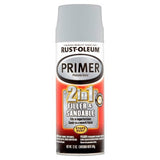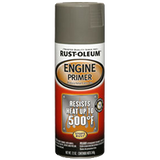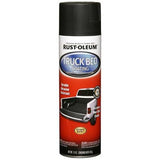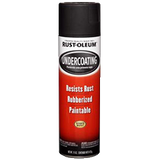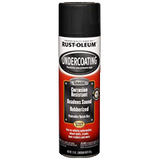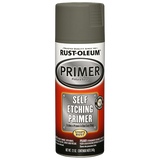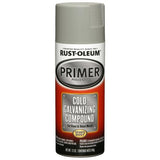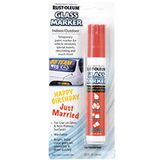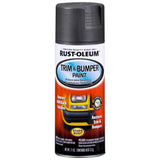Automotive & Car Care
Automotive & Car Care – Primers, Underbody Protection & DIY Touch-Ups
Looking to tidy up paint chips, protect the underbody, or restore faded plastics? Our Automotive & Car Care range has everything you need for weekend projects and pro-grade results.
Featured Products (Fast Picks)
Primers & Surface Prep
- Rust-Oleum 2-in-1 Filler & Sandable Primer – Fills minor scratches and sanding marks while priming for topcoat. Levels fast and sands smooth for a better finish.
- Rust-Oleum Sandable Primer – Versatile, easy-sanding primer for a smooth base on repaired panels and spot work.
- Rust-Oleum Self Etching Primer – Etches and primes bare metal (steel, aluminium, etc.) to promote strong adhesion and resist corrosion. Ideal first coat on new or stripped parts.
- Rustoleum Auto Cold Gal Primer – Zinc-rich, cold-galvanising style primer for bare steel components to help protect against corrosion before topcoating.
- Rust-Oleum Engine Primer – Primer formulated for engine bay parts prior to colour coats; helps adhesion on cleaned, degreased metal surfaces.
- Rust-Oleum Professional Undercoating – Tough underbody coating for wheel wells and chassis areas to help guard against road grime and moisture.
- Rust-Oleum Rubberised Undercoating – Flexible, sound-dampening underbody protection that helps reduce road noise and resist splash and salt.
- Rust-Oleum Pro Truck Bed Coating – Durable, textured coating for ute/truck beds and trays; helps resist abrasion and everyday knocks.
Detailing & Marking
- Rustoleum Trim & Bumper – Revives faded exterior plastics and bumpers with a long-lasting colour refresh.
- Rustoleum Glass Markers – Ideal for temporary window signage (prices, messages) on windscreens and glass—wipes off cleanly when you’re done.
How to Choose
What’s the surface?
- Bare metal: Start with Self Etching Primer; on steel you can also consider Auto Cold Gal Primer for zinc-rich protection.
- Repaired/filled panel: Use 2-in-1 Filler & Sandable Primer to level small imperfections, then refine with Sandable Primer.
- Engine bay parts: Engine Primer before colour coats.
- Underbody/wheel wells: Professional Undercoating for robust protection; Rubberised Undercoating for added flexibility and noise reduction.
- Ute/bed liner: Pro Truck Bed Coating for abrasion resistance.
- Faded plastic trims: Trim & Bumper to restore colour.
- Temporary messages: Glass Markers for easy-on, easy-off window notes.
Finish goals:
- Ultra-smooth panels: Prioritise sandable primers and careful sanding.
- Durability underfoot/loads: Go bed coating for trays; undercoatings for the underside.
- Quick wins: Trim restorer and glass markers are fast, tidy upgrades.
Quick Application Tips
- Prep is everything: Degrease thoroughly (engine bay, underbody, trays). Remove loose rust/old paint; sand to key the surface.
- Right primer, right order: Bare metal → Self Etching Primer first. Filler work → Filler & Sandable Primer, then sand.
- Light coats: Build coverage with multiple thin passes. Heavy coats can run or trap solvent.
- Mind the weather: Spray in mild, dry conditions; avoid wind, dust and late-arvo dew.
- Cure time: “Touch dry” ≠ “ready.” Respect recoat and cure windows on each can before assembly or load.
FAQs – Automotive & Car Care
Q1: What’s the difference between Sandable Primer and 2-in-1 Filler & Sandable Primer?
Sandable Primer gives you a smooth, sand-friendly base. 2-in-1 Filler & Sandable Primer also helps fill minor scratches and sanding marks before you refine the surface.
Q2: When should I use Self Etching Primer?
Use it on bare metal (e.g., new panels, stripped parts, aluminium). It lightly etches for better adhesion. After curing, you can stack compatible primers/topcoats as directed.
Q3: Do I need a special primer for engine parts?
Yes, use Engine Primer on cleaned, degreased engine components before colour coats to promote adhesion in that environment.
Q4: Which underbody coating should I pick?
Choose Professional Undercoating for a robust protective layer; pick Rubberised Undercoating if you want added flexibility and some noise dampening.
Q5: Can undercoating be painted over?
Check the specific product’s label. Some undercoatings are left as the final layer; others may be top-coated if the instructions allow.
Q6: What’s best for faded plastic bumpers and trims?
Trim & Bumper products are made to restore colour on exterior plastics. Clean thoroughly first for best results.
Q7: Any spray technique tips for a factory-like finish?
Hold the can at a consistent distance, start spraying just off the edge of the part, sweep across, and release just off the other edge. Overlap each pass by 50% and keep coats light.

